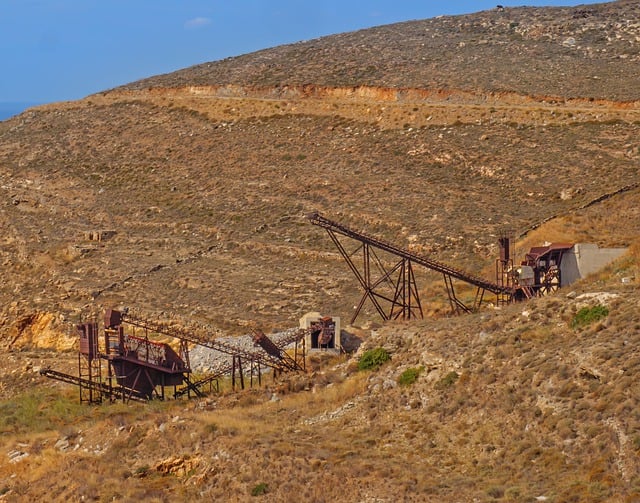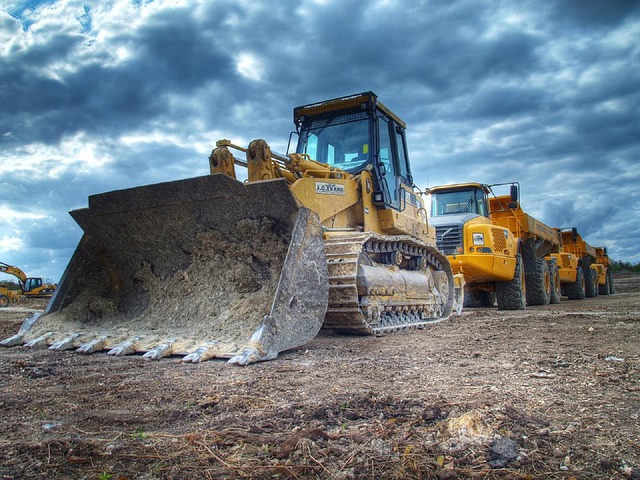In the mid-19th century, Lane County, Oregon experienced a dramatic transformation due to the region's significant gold discovery. The Oregon Gold Rush attracted thousands of prospectors, leading to a population surge and economic boom. This period left a lasting impact on the county through bustling towns, diverse businesses supporting miners, and intense legal disputes over mining claims. Today, visitors can explore historical sites and immerse themselves in Lane County's rich gold rush history, which continues to shape its economic and cultural identity.
“Discover the exhilarating era of Lane County, Oregon’s gold mining boom, where prospectors flocked to stake their claims. This article explores the vibrant yet tumultuous time in the region’s history during the Oregon Gold Rush. From law enforcement challenges faced by a fledgling county to the social and economic dynamics of bustling boomtowns, we delve into the unique story of Lane County’s mining claims and legal disputes. Uncover how this period shaped local economies and left an enduring legacy.”
- The Gold Mining Boom in Lane County: A Historical Overview
- Law Enforcement Challenges During the Oregon Gold Rush
- Life in Oregon Gold Rush Towns: Social and Economic Dynamics
- Mining Claims and Legal Disputes in Lane County
- The Legacy of Lane County's Gold Rush Era: Shaping Local Economies
The Gold Mining Boom in Lane County: A Historical Overview

In the mid-19th century, Lane County, Oregon, experienced a transformative period driven by the prospect of gold. The discovery of significant gold deposits ignited a frenzy among prospectors who flocked to the region, fueling an economic boom that left an indelible mark on its history. This period saw the rapid growth of numerous gold rush towns, each becoming a bustling hub with hopes of striking it rich. Lane County’s mining claims became highly coveted, attracting individuals from all walks of life seeking their fortune.
The gold rush economics in Lane County were characterized by a surge in population, leading to the establishment of diverse businesses and services to support the influx of prospectors. Boomtowns sprang up, offering accommodations, supplies, and entertainment for the hardworking miners who spent long hours sifting through riverbeds and hiking into the mountains in search of precious veins of gold. This era left behind a rich tapestry of historical sites, many of which continue to attract visitors interested in experiencing the spirit of Oregon’s gold rush days.
Law Enforcement Challenges During the Oregon Gold Rush

During the height of the Oregon Gold Rush, Lane County experienced a rapid influx of prospectors seeking their fortunes. This sudden surge in population presented significant challenges for local law enforcement. With the establishment of numerous mining claims and the growth of boomtowns like Eugene and springfield, maintaining order became a formidable task. The county’s limited resources strained to keep up with the demands of regulating mining activities, enforcing laws, and addressing disputes among prospectors.
The gold rush economics also brought complex issues such as land ownership conflicts, illegal claim-jumping, and the need for a stable legal system. Lane County law enforcement had to navigate these turbulent waters, ensuring fair practices while dealing with the restless spirits drawn to the promise of quick riches. The era’s law enforcement faced an uphill battle, striving to protect the interests of all involved in this frenzied period of exploration and settlement.
Life in Oregon Gold Rush Towns: Social and Economic Dynamics

Life in Oregon Gold Rush Towns was characterized by a unique blend of social and economic dynamics driven primarily by the allure of gold mining in Lane County. Prospectors from all walks of life, both locally and nationally, flocked to towns like Eugene and Springfield, transforming them into bustling boomtowns almost overnight. The influx of miners led to a rapid growth in population, which in turn fueled the development of diverse businesses to cater to their needs. Saloons, general stores, and boarding houses sprang up alongside churches and schools as the communities struggled to keep pace with the changing landscape.
The gold rush economics of Lane County brought both opportunities and challenges. Mining claims covered vast areas, leading to conflicts over ownership and resources. Local law enforcement played a crucial role in maintaining order, ensuring fair practices, and protecting the rights of all claim holders. The social fabric was woven with threads of camaraderie among miners, but also with tensions stemming from competition and the ever-present fear of loss due to unpredictable mining yields. Despite these challenges, the spirit of communal effort and resilience thrived during this period, leaving an indelible mark on the history of Lane County’s gold rush towns.
Mining Claims and Legal Disputes in Lane County

In the heart of the Oregon Gold Rush, Lane County saw a surge in prospectors flocking to its rich mineral lands, igniting a period of intense economic growth and subsequent legal complexities. Mining claims became a hotly debated topic as hundreds of eager individuals staked their claims on promising veins of gold and silver. The county’s booming towns, such as Eugene and Springfield, were centers of trade and conflict resolution for the numerous miners who called Lane County home. With the influx of prospectors from all walks of life, disputes over mining rights and claim boundaries became frequent, testing the young county’s legal framework.
The chaotic nature of the gold rush led to a series of legal disputes that reflected the wild west atmosphere prevalent in Oregon during this time. Lane County’s courts struggled to keep pace with the rapid expansion of its population, making it challenging to resolve mining claims fairly and efficiently. Nonetheless, the county’s legal system played a crucial role in maintaining order and establishing precedent for future economic booms, ensuring some level of stability amidst the frenzy of the gold rush era.
The Legacy of Lane County's Gold Rush Era: Shaping Local Economies

The legacy of Lane County’s Gold Rush era is woven tightly into the fabric of its local economies. The discovery of gold in the mid-19th century sparked a frenzy that attracted thousands of prospectors to the region, transforming it from a relatively quiet agricultural area into a bustling hub of mining towns and boomtowns. Each new strike fueled a chain reaction of activity: claim staking, establishment of businesses to support miners, and the growth of infrastructure like schools, churches, and saloons.
This period left a lasting impact on Lane County’s economic landscape. Many of the original mining towns, though now quieter, remain as charming reminders of the rush. The gold rush attracted diverse populations, fostering cultural exchange and contributing to the region’s unique identity. Today, visitors can still explore historic sites, panning for gold along rivers once frequented by prospectors, and immersing themselves in the rich history of Lane County’s Gold Rush era that continues to shape its economic and cultural character.
